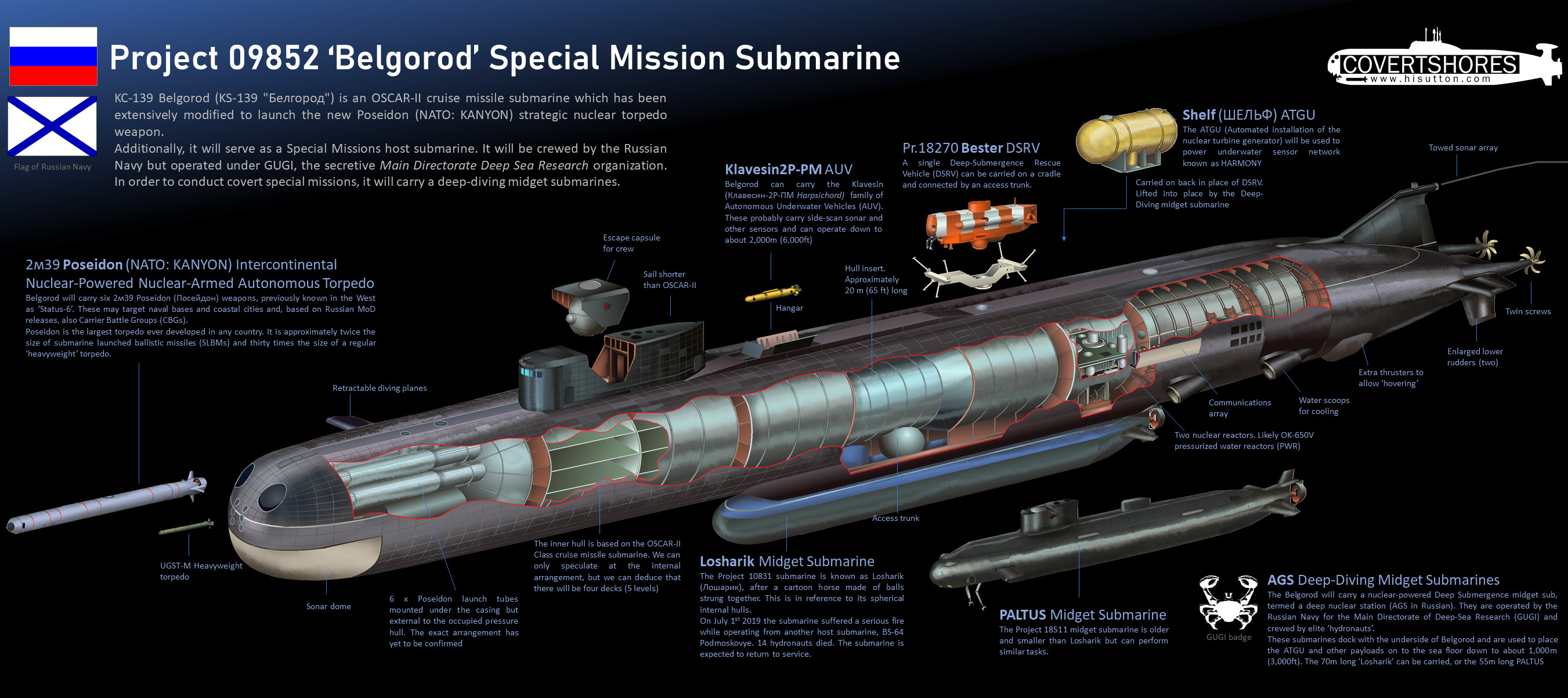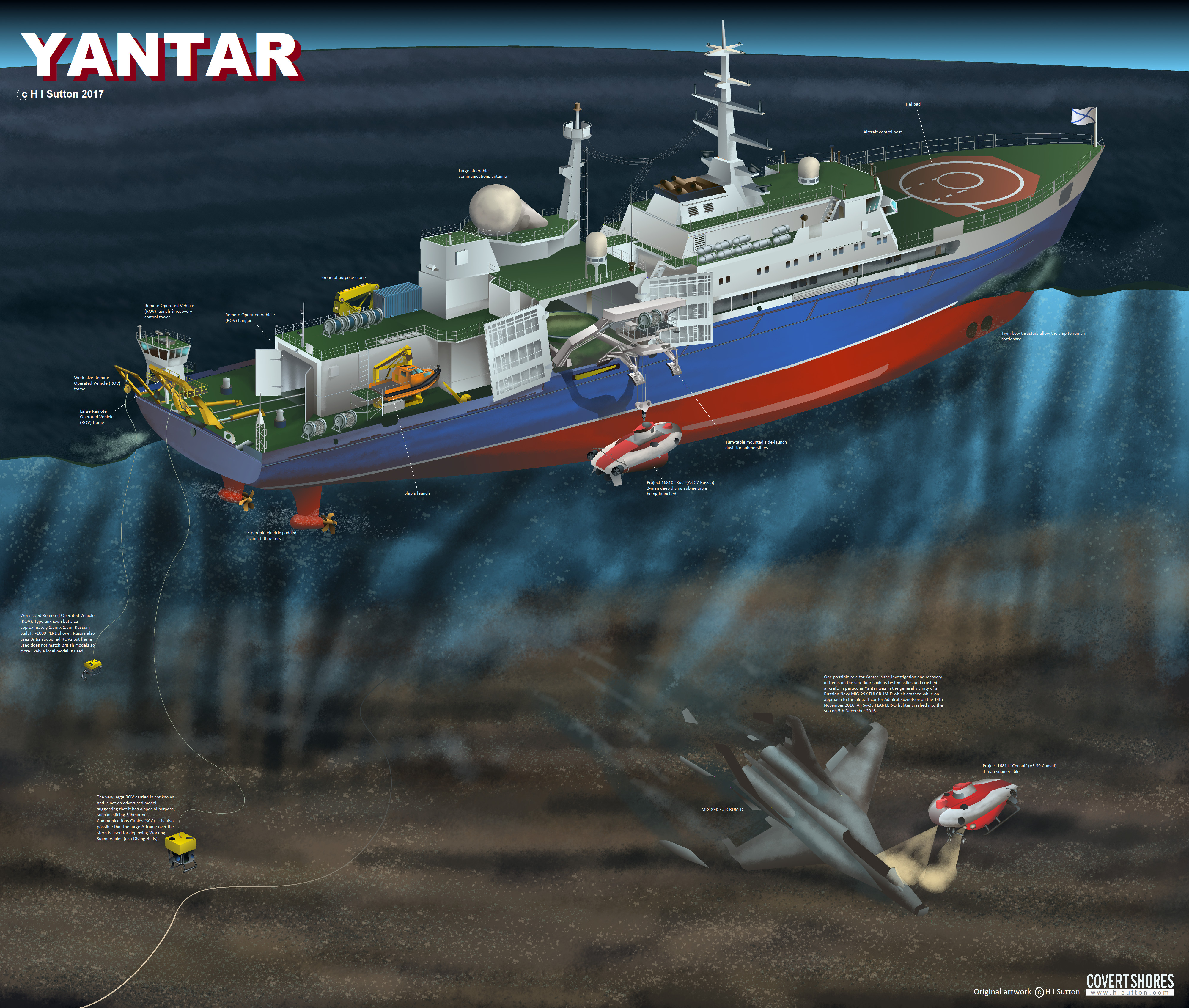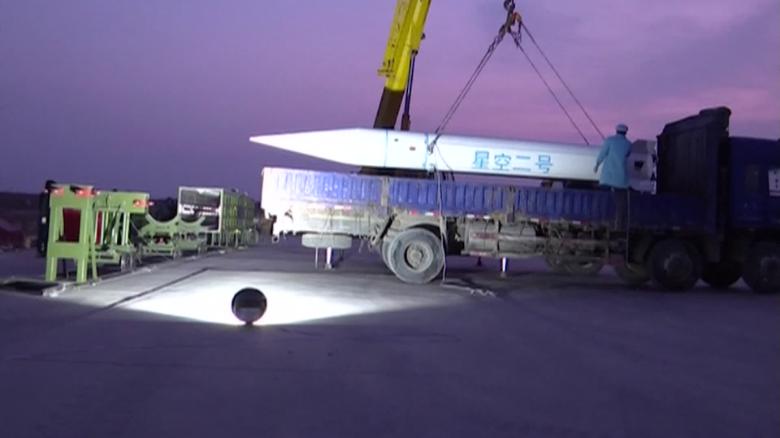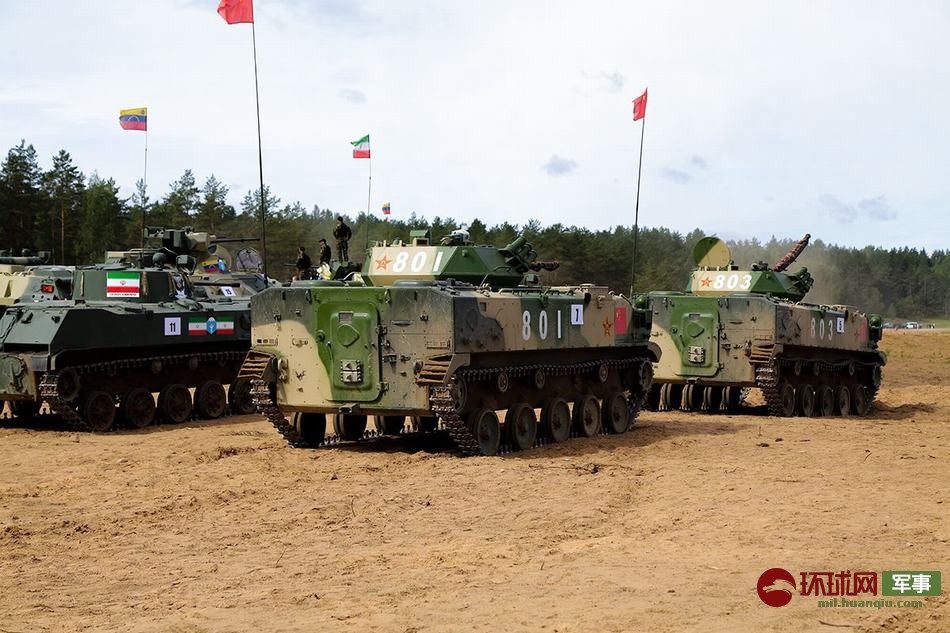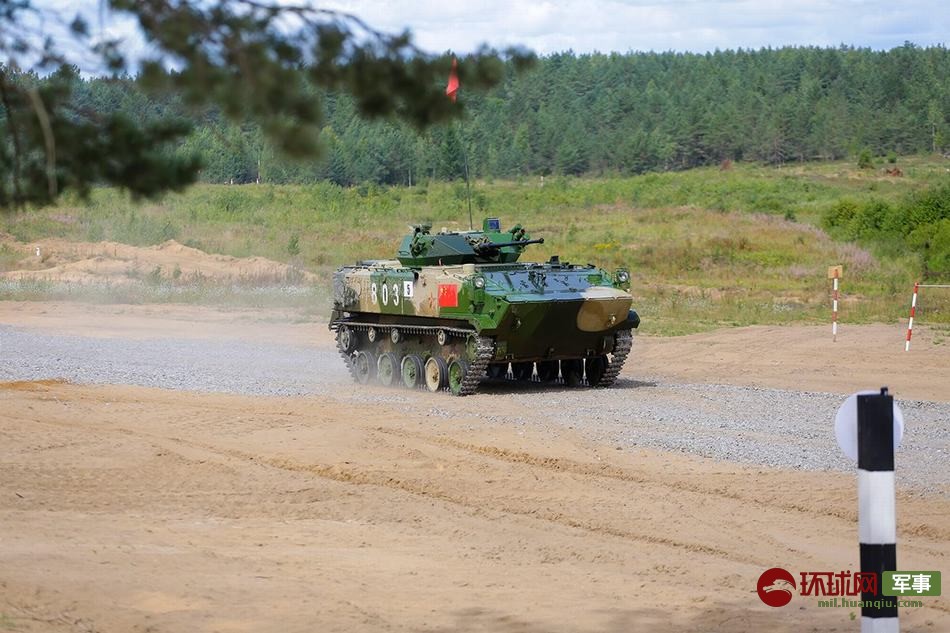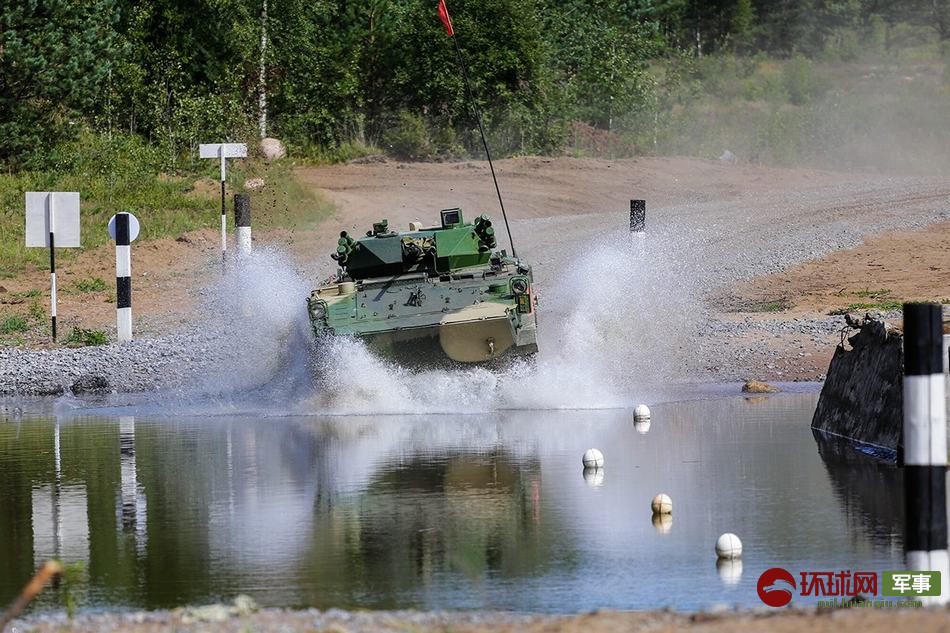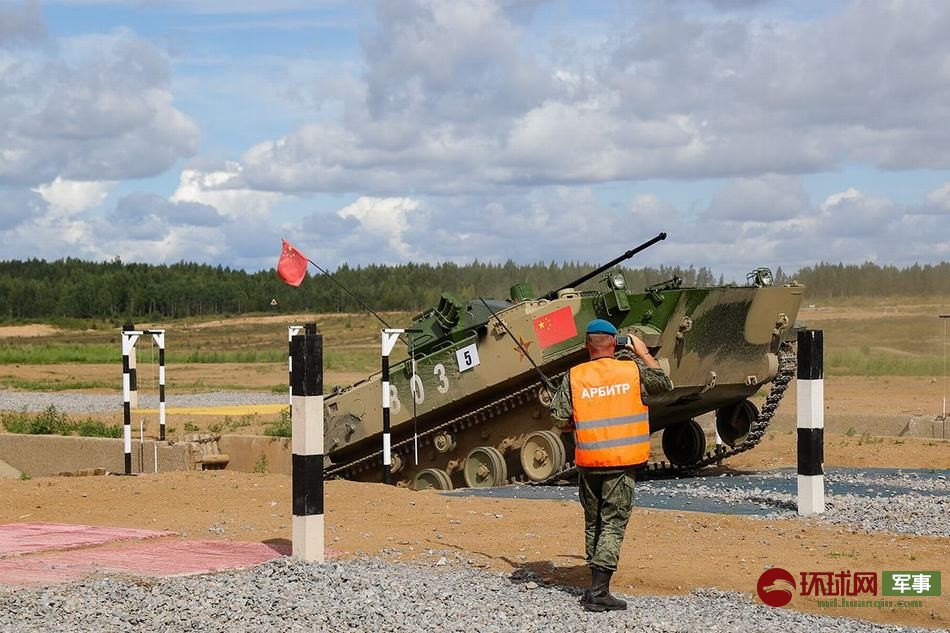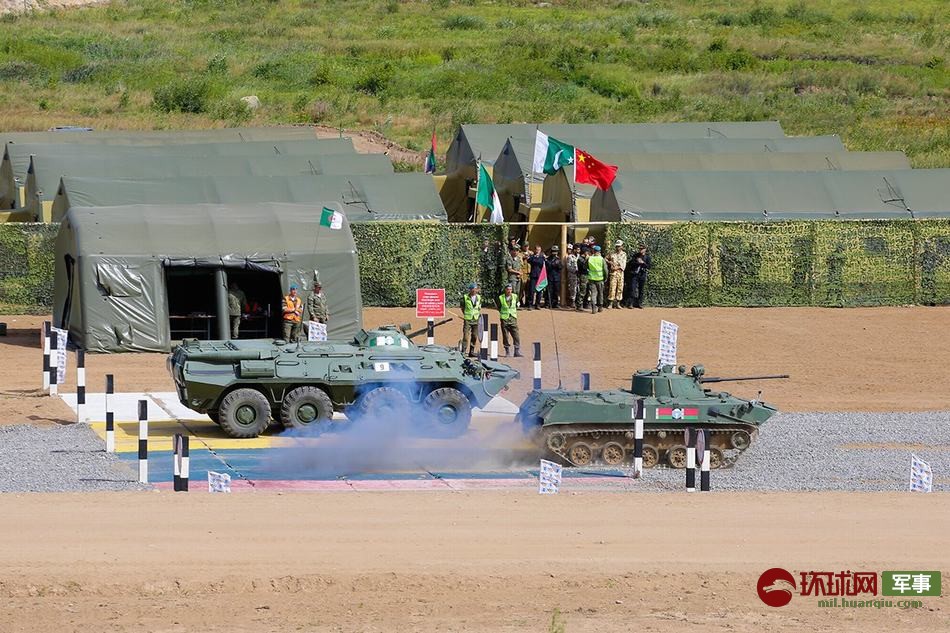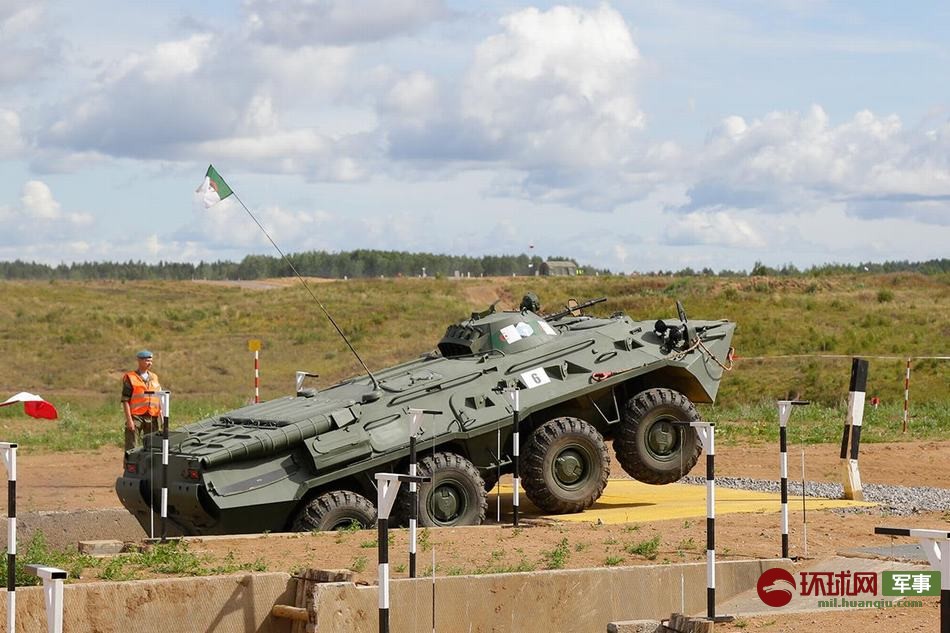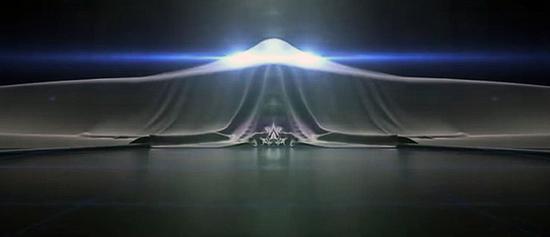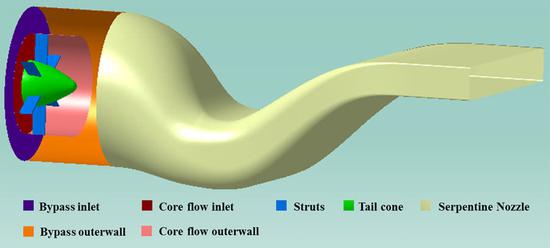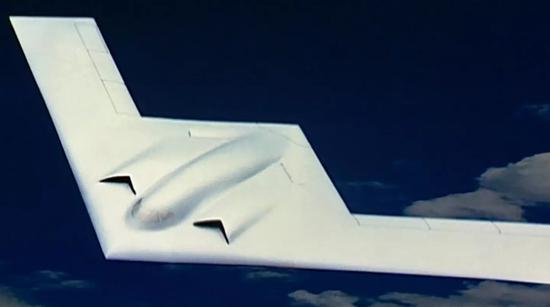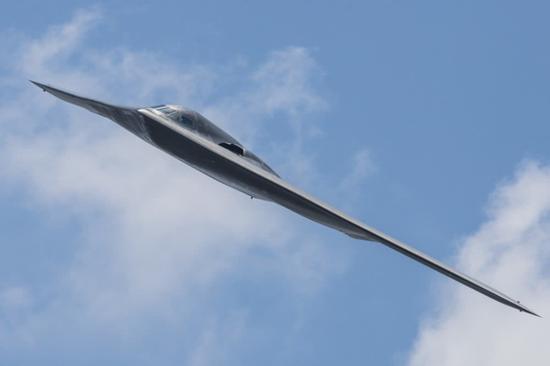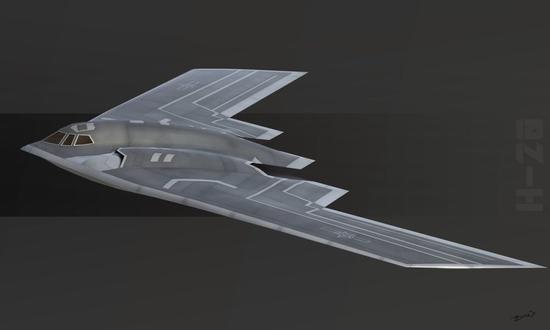https://thaimilitaryandasianregion.wordpress.com/2016/02/01/chinas-divine-eagle-anti-stealth-uav/
China’s Divine Eagle anti-stealth UAV is probably an interferometer
Form follows function.
Why would China build a complex double-body aircraft instead of a single large fuselage (like the Global Hawk)?
The only scientific explanation is an interferometer.
Satellites in space (where there is no air) can fly in fix formations and perform as a single larger interferometer. An example is China’s NOSS (ie. Naval Ocean Surveillance Satellite) triple satellite formation.
The problem with aircraft is air turbulence. It’s difficult to maintain a fixed distance between two radar receivers.
Thus, China’s Divine Eagle UAV has two long connected fuselages to serve as an interferometer that detects longer-wavelength L-band electromagnetic waves.
As a reminder, an interferometer dramatically increases the resolution (or clarity) of a returned radar signal. However, it does not affect the range of the radar. Also, an interferometer requires an atomic clock to time-stamp the two sets of images (or data) and allow post-processing algorithms to refine the picture.
Question: If NASA can create an L-band interferometer on a single fuselage airplane, why did China use a double-body design?
Answer: China needs longer range. Thus, the emitters (e.g. two L-band radars in the radomes) have to be much larger to allow for more power. This would explain the two large radomes on China’s Divine Eagle anti-stealth UAV.Also, China could be using a VHF interferometer. The two long fixed-distance fuselages would allow for the transmission and reception of long-wavelength VHF signals.
More T/R modules in bulbous radomes result in a more powerful L-band AESA radar
An L-band AESA radar is based on individual transmit/receive (T/R) modules. By increasing the number of modules in the bulbous radomes, the number of constructive interference waves has been increased. This results in increased range. Another way of expressing the increased range is to say there has been an increase in the power of the radar.
The L-band radar is more powerful, because more T/R modules have been placed in the radomes of the Divine Eagle anti-stealth UAV.
———-
VHF wavelength starts at 1 meter and requires the length of the Divine Eagle anti-stealth UAVSince VHF wavelength is one meter and higher, very few VHF T/R modules can be placed in the radomes. Thus, due to the constraints imposed by physics, the only place to locate a VHF AESA radar with reasonable resolution is along the length of the fuselage.To achieve interferometry, it would require two fuselages at a fixed distance from each other. The Chinese Divine Eagle anti-stealth UAV fulfills both requirements.
———-By the way, an atomic clock is a small box and could easily be carried on-board the Divine Eagle UAV.
“Rubidium clocks are the most compact method of atomic time keeping. These are commonly used on satellites.”
Divine Eagle UAV is most likely an interferometer based on China’s fourth-generation airborne L-band AESA radar
China’s Divine Eagle anti-stealth UAV is probably the world’s first military airborne L-band radar interferometer.
China is an expert at L-band phased array radars. An example is the Chinese ground-based YLC-2 L-band phased array radar.
The Chinese Divine Eagle UAV should be a continuation of China’s miniaturization in airborne L-band phased array anti-stealth technology.
1st generation: KJ-200 “balance beam” AEW&C with L-band phased array radar (first flight November 2001)
2nd generation: KJ-2000 Mainring AWACS with L-band phased array radar (first flight 2003)
3rd generation: ZDK-03 AEW&C with L-band phased array radar (first flight November 2010)*
4th generation: Divine Eagle anti-stealth UAV L-band interferometer (2015)
China has 15 years of experience with airborne phased array L-band radars. We expect China’s software algorithms and filters to be optimized for L-band radar interferometry.
China’s KJ-2000 AWACS and passive detector Divine Eagle L-band UAV would be a devastating anti-stealth combination
KJ2000 AWACS: Details
According to Australia Air Power, China’s KJ-2000 AWACS uses L-band radar to search for stealth aircraft.
The distance from the KJ-2000 AWACS L-band radar emitter to the target is 470km. The distance from the target to the radar receiver on the KJ-2000 AWACS is another 470km. Thus, the total distance from the KJ-2000 AWACS L-band radar emitter to the receiver is 940km.
By using the KJ-2000 AWACS with a silent listening partner in the Divine Eagle (which has an extremely sensitive L-band interferometer), the KJ-2000 AWACS can illuminate a stealth aircraft at 840km and have the Divine Eagle pick up the signal at 100km away from the target.
By figuratively separating the receiver from the KJ-2000 AWACS and moving it much further down the field, a stealth aircraft can be detected at an extreme range of 840km by the Divine Eagle anti-stealth UAV.
Divine Eagle UAV is a 10,000 T/R module L-band Interferometer
Whether you use the bus or the UAV itself as a benchmark, the height of the Divine Eagle UAV is about 1.5 meter in height.
“By using the single deck bus in the background (probably 3.2 meters tall, like most buses of its type) as a very crude visual yardstick, a very rough comparison suggests that the Divine Eagle is about 6 meters tall….”
———-
The radome is usually equidistant in the vertical and horizontal directions. This means the horizontal width of the Divine Eagle UAV radome is about 1.5 meters. The Divine Eagle interferometer has a diameter of 5 radomes or 7.5 meters.
The diameter of the Divine Eagle L-band interferometer is 7.5 meters. L-band is 0.15m. However, the transmit/receive (T/R) module of an AESA radar is built with a half-wave dipole antenna design. In the case of L-band, the half-wave of 0.15m is 0.075m.
7.5 meters / 0.075 meter per T/R module = 100 T/R modules horizontally
———-
An AESA radar is mostly circular in shape. The horizontal and vertical lengths are approximately equal.
The calculation of a square 100 T/R module (horizontally) x 100 T/R module (vertically) AESA radar is a close approximation of an actual circular AESA radar.
100 T/R modules horizontally x 100 T/R modules vertically = 10,000 T/R modules in total
———-
Divine Eagle L-band interferometer is eight times more sensitive than F-35 X-band AESA radar.
10,000 Divine Eagle L-band T/R module interferometer / 1,200 F-35 X-band T/R module AESA radar = Eight times greater sensitivity based on module count
Why does China’s Divine Eagle UAV have a maximum altitude of 79,000 feet?
According to Popular Science, China’s Divine Eagle UAV has a maximum altitude of 25km (or 79,000 feet).
In contrast, the US Global Hawk has a maximum altitude of only 18km (or 57,000 feet).
Why is there a huge difference of 22,000 feet between China’s Divine Eagle and the US Global Hawk?
The most likely explanation is the two UAVs are designed for different roles.
The US Global Hawk was designed for reconnaissance. It is looking for ground targets.
The Chinese Divine Eagle UAV was designed to detect stealth fighters and bombers.
The total path length from a KJ-2000 AWACS transmitter-(to target)-(to receiver) is about 900km. By using a passive Divine Eagle UAV L-band receiver, it permits a much earlier detection of a stealth aircraft by about 200 to 300km (or 120 to 180 miles). By flying at nearly 80,000 feet, the Divine Eagle passive receiver can avoid being illuminated by the KJ-2000 AWACS L-band radar.
Alternatively, a high-flying Divine Eagle UAV can use its UHF/VHF dual-fuselage interferometer to detect a stealth aircraft. If the Divine Eagle was flying at the same altitude as an F-22, the other fuselage would block the transmission/reception of the UHF/VHF array. By flying at nearly 80,000 feet, the Divine Eagle dual-fuselage interferometer would have an unobstructed view of a stealth aircraft.
The Chinese KJ-2000 AWACS has a service ceiling of 42,651 feet.[1]
The American F-22 has a service ceiling of 60,000 feet.[2]
Martin Su asiawind.com
References.
1. Shaanxi KJ-2000 (Mainring) – Airborne Early Warning and Control (AWACs) – Development and Operational History, Performance Specifications and Picture Gallery
2. F-22 Raptor Specifications
Related
 China's New Mysterious VLRAAM 500km Mach 6 Missile
at 25,000 meters height, the view to the horizon is 563 km ( http://www.ringbell.co.uk/info/hdist.htm) to spot and triangulate aircraft carriers, the carriers will be earlier spotted by Chinese satellites by the time the carriers crossed the 3rd island chain. Also spotted and pin pointed by the arrays of sonar Chinese places on ocean floors.
China's New Mysterious VLRAAM 500km Mach 6 Missile
at 25,000 meters height, the view to the horizon is 563 km ( http://www.ringbell.co.uk/info/hdist.htm) to spot and triangulate aircraft carriers, the carriers will be earlier spotted by Chinese satellites by the time the carriers crossed the 3rd island chain. Also spotted and pin pointed by the arrays of sonar Chinese places on ocean floors.










